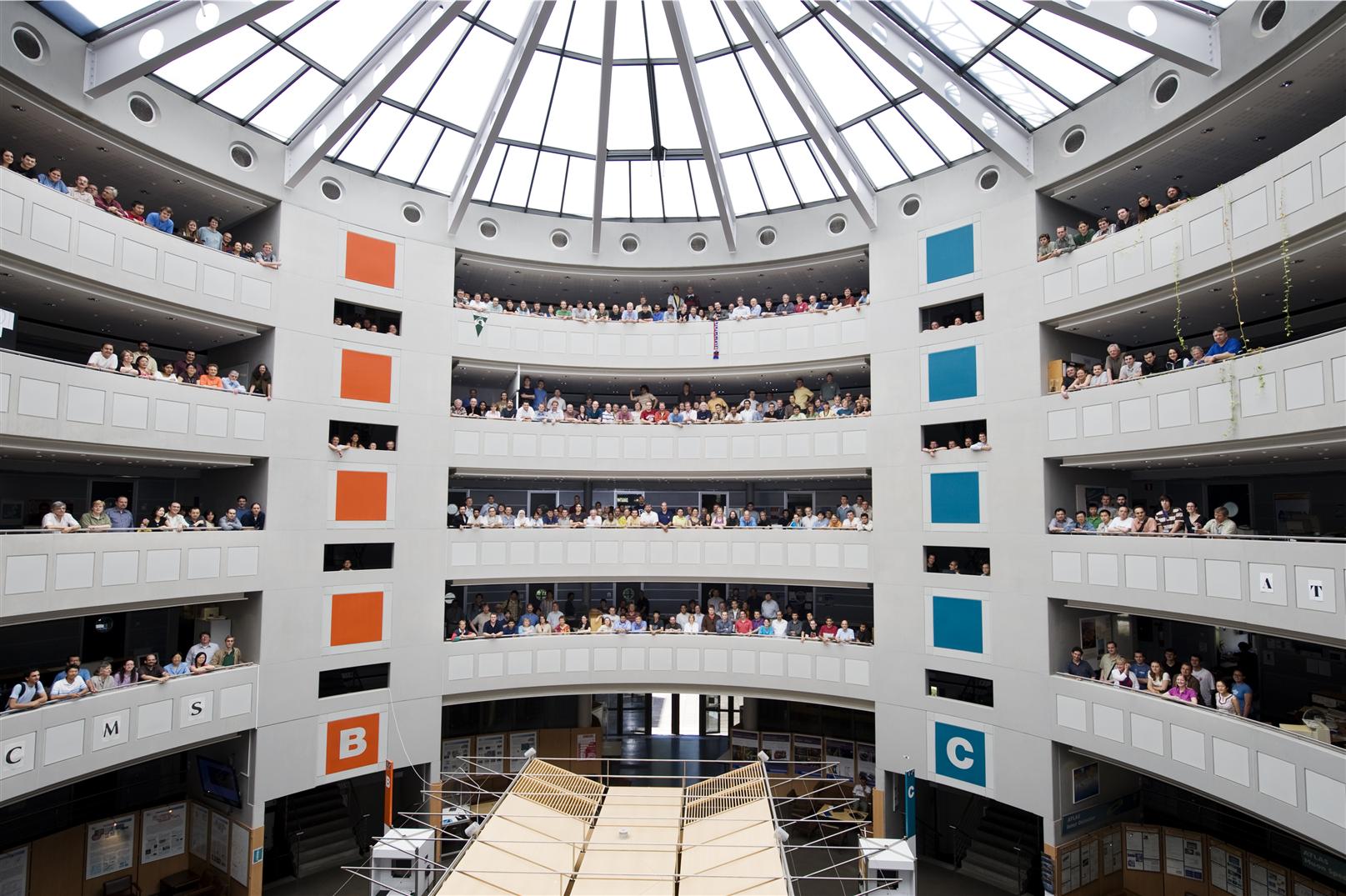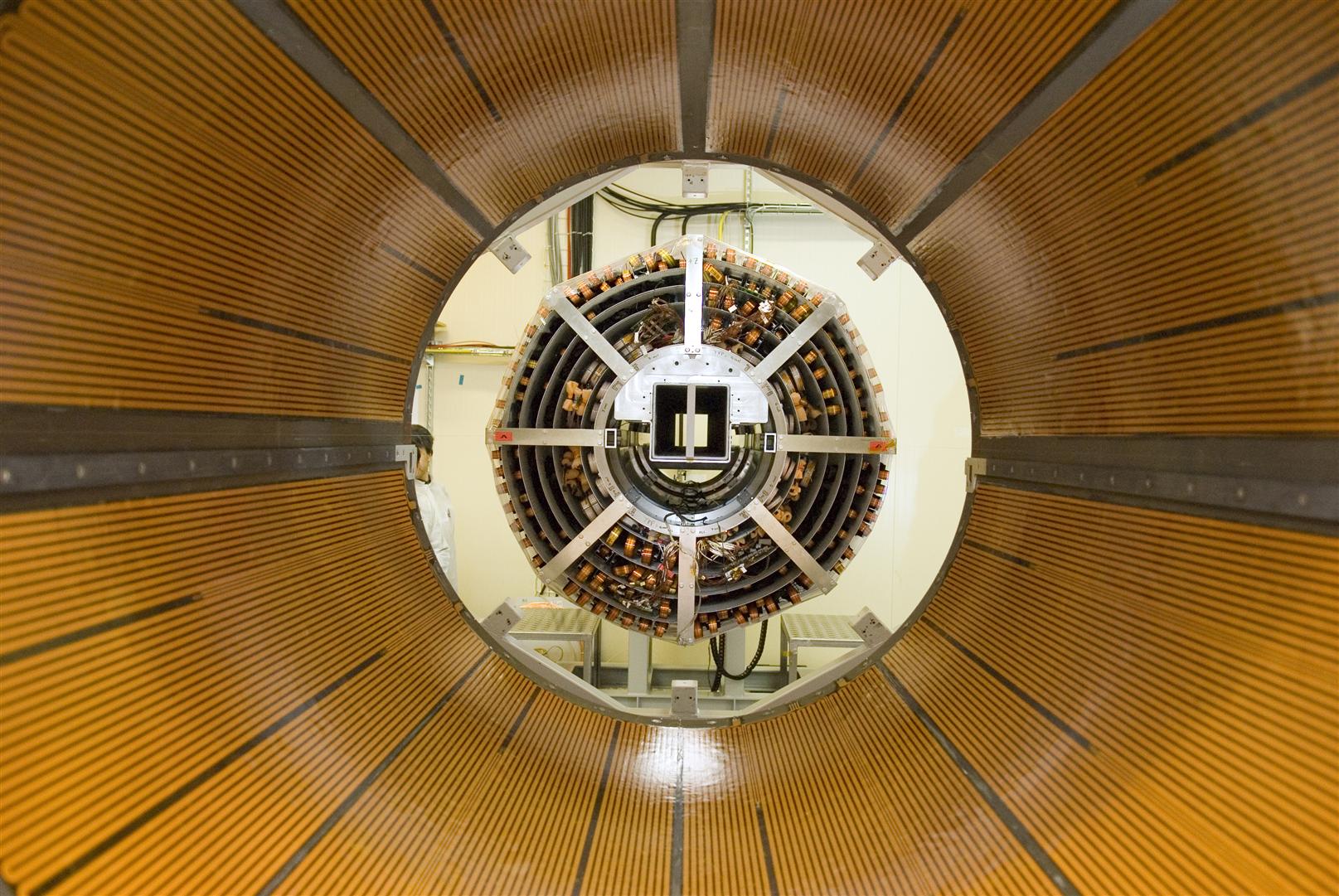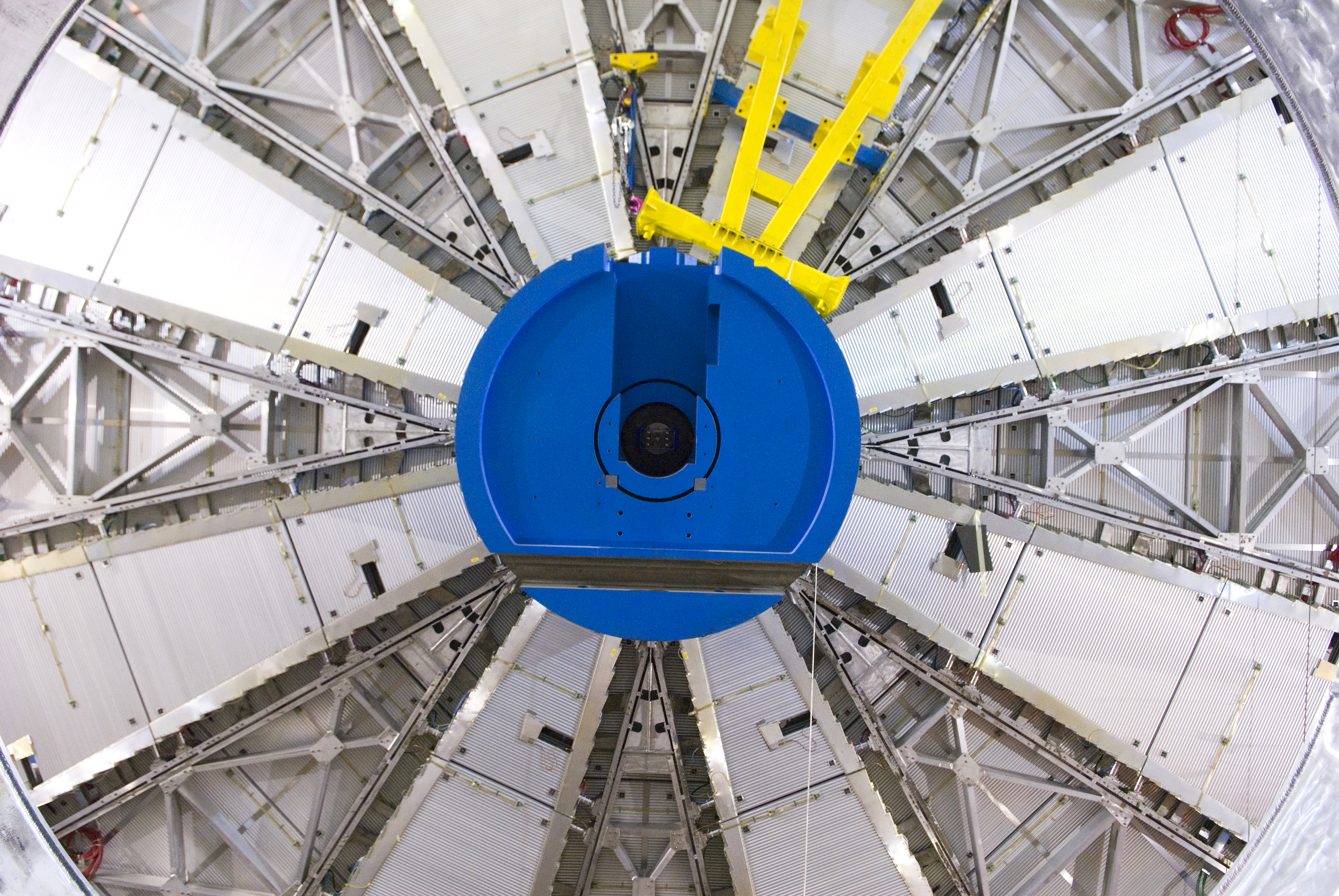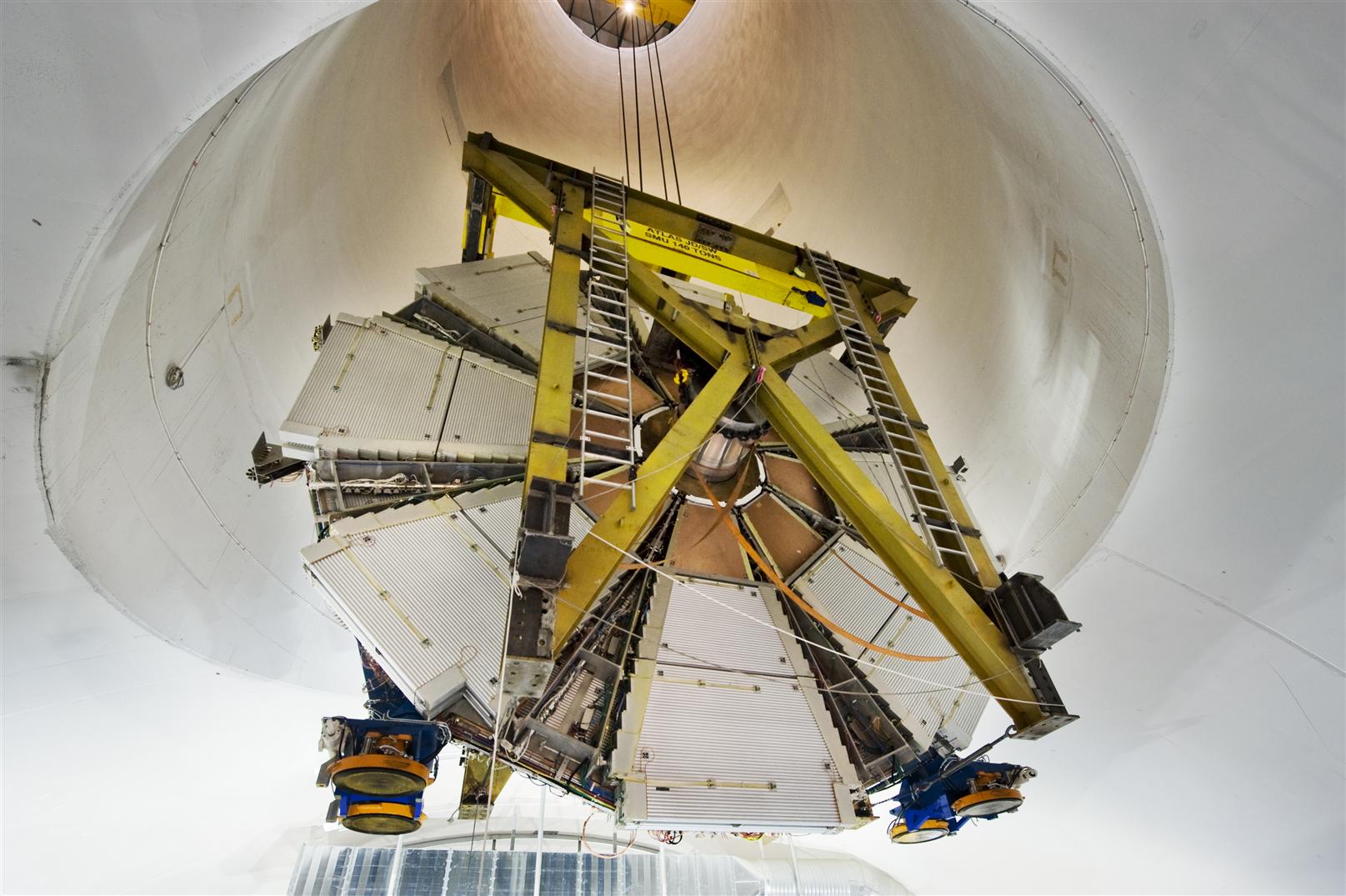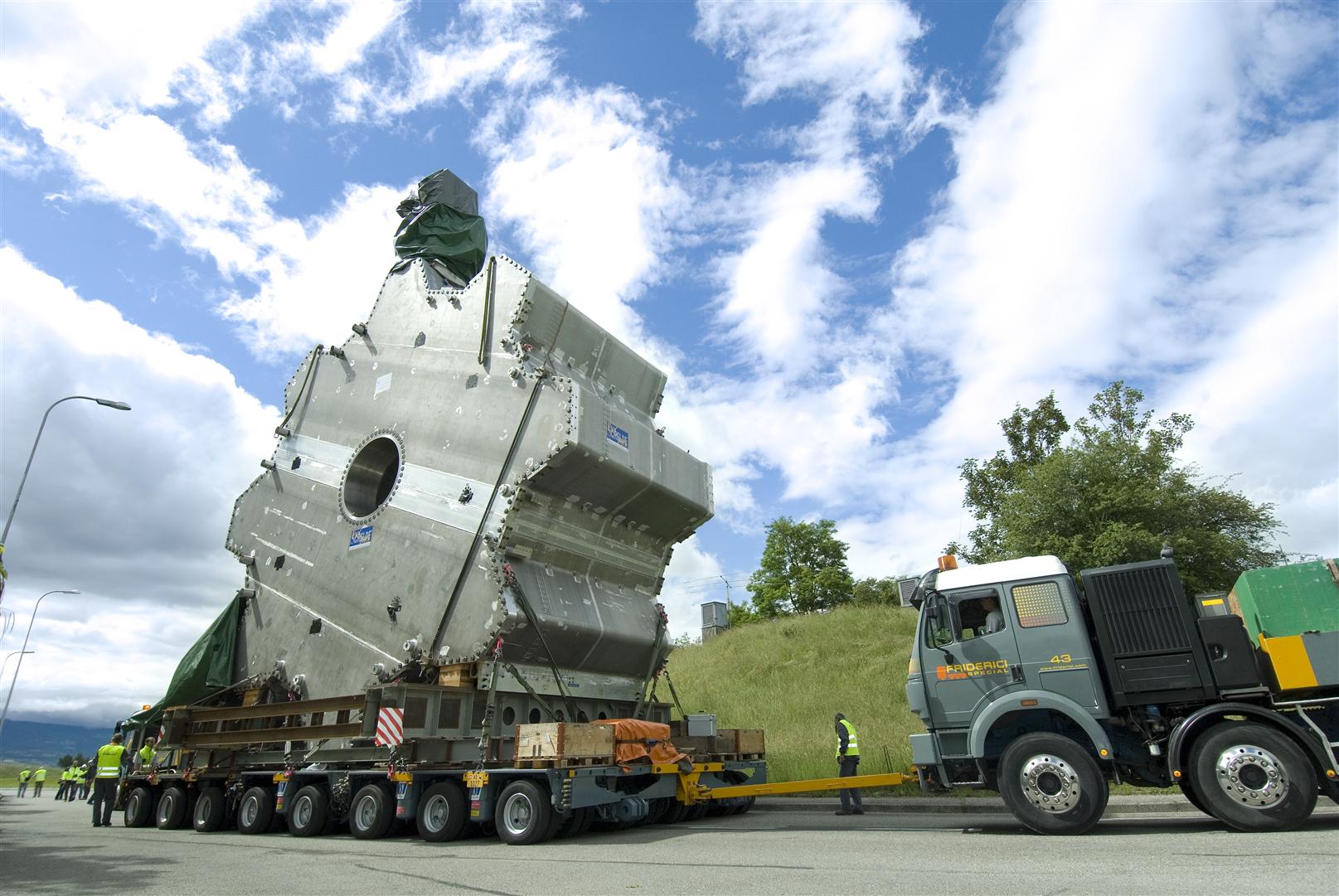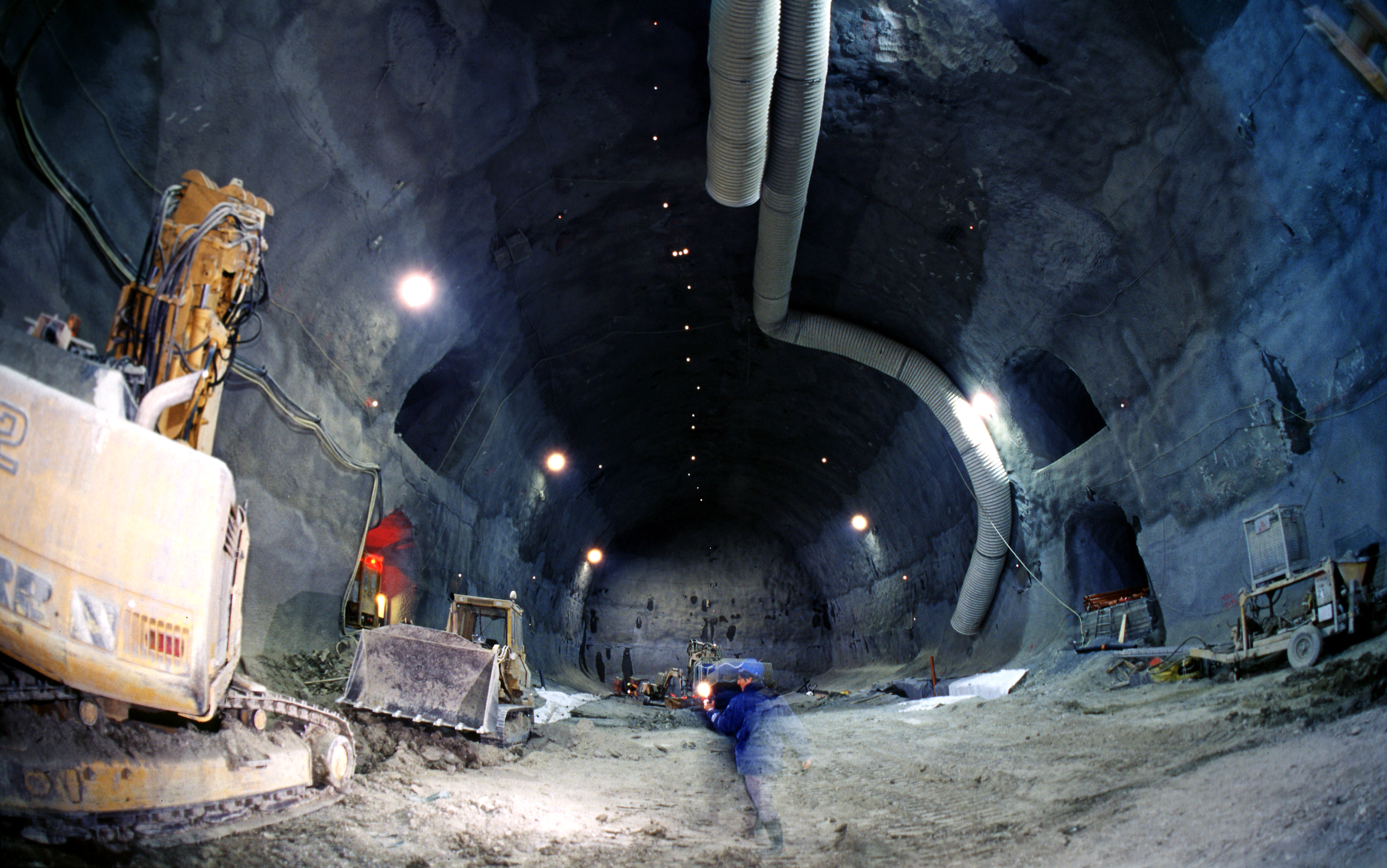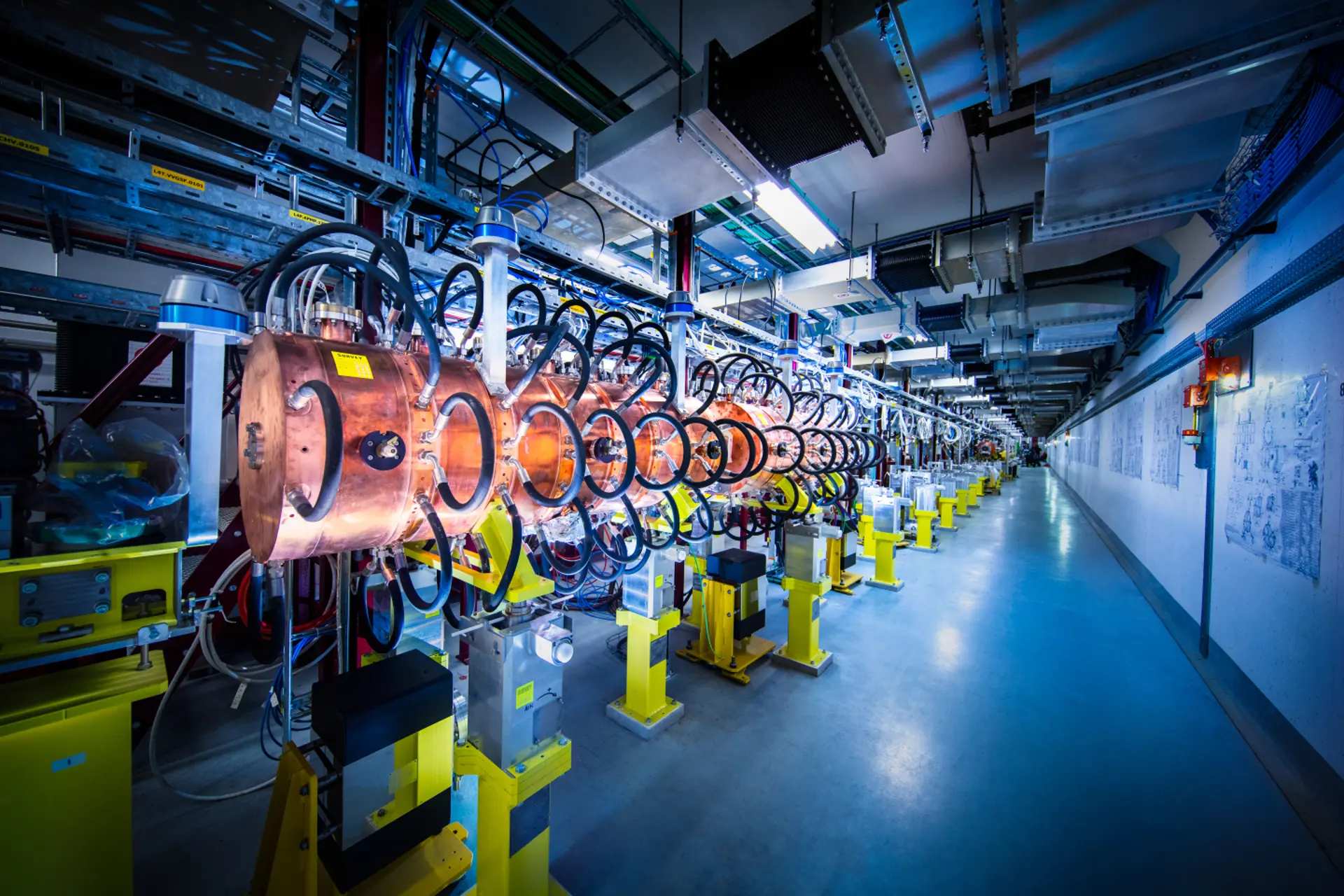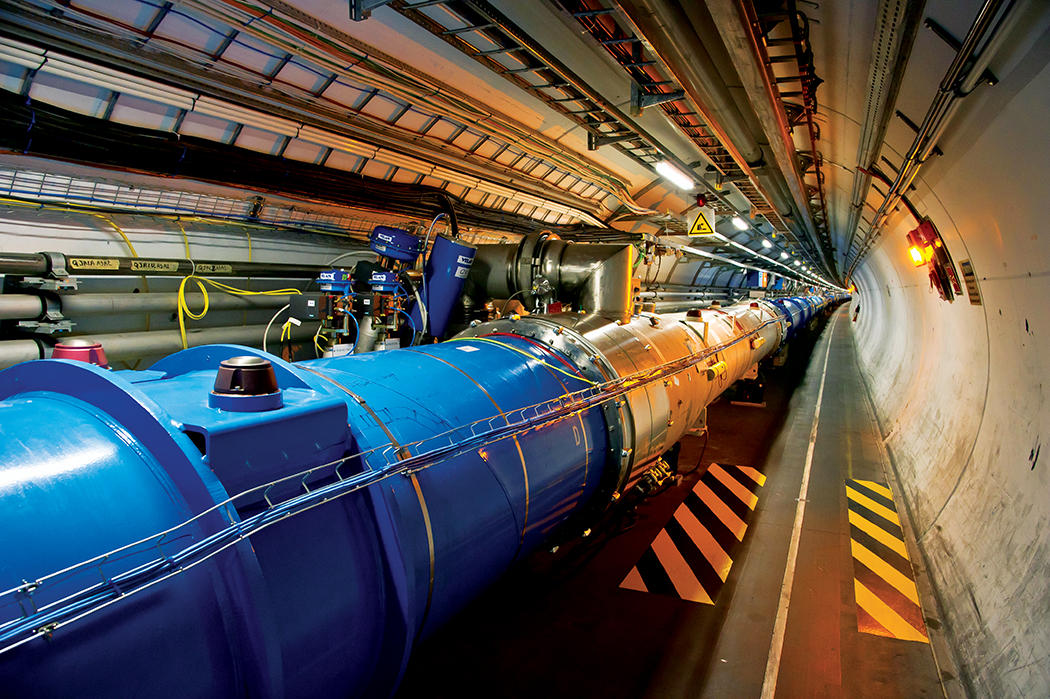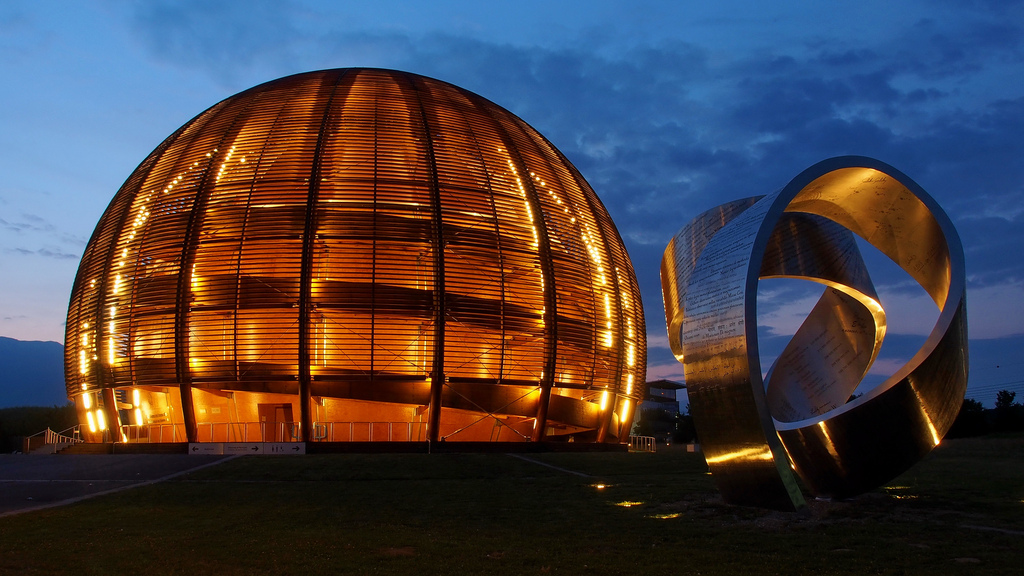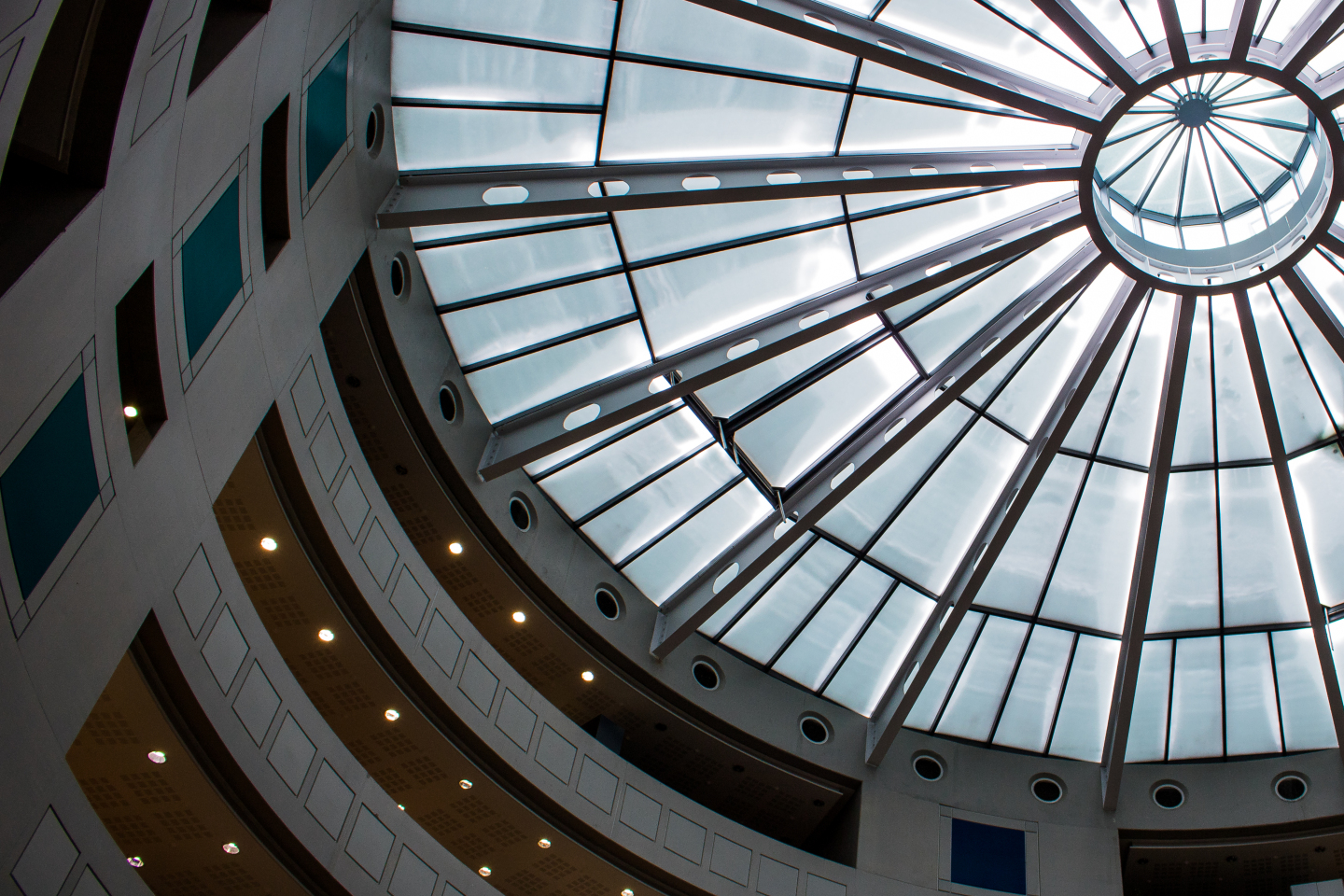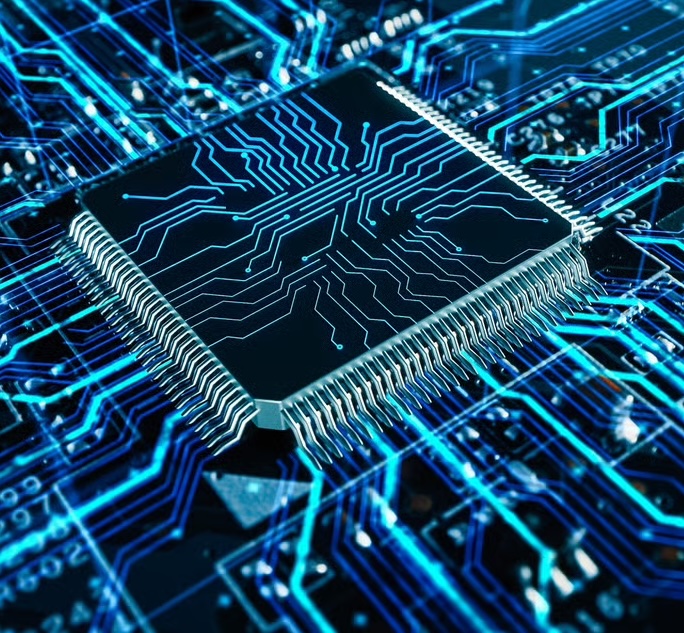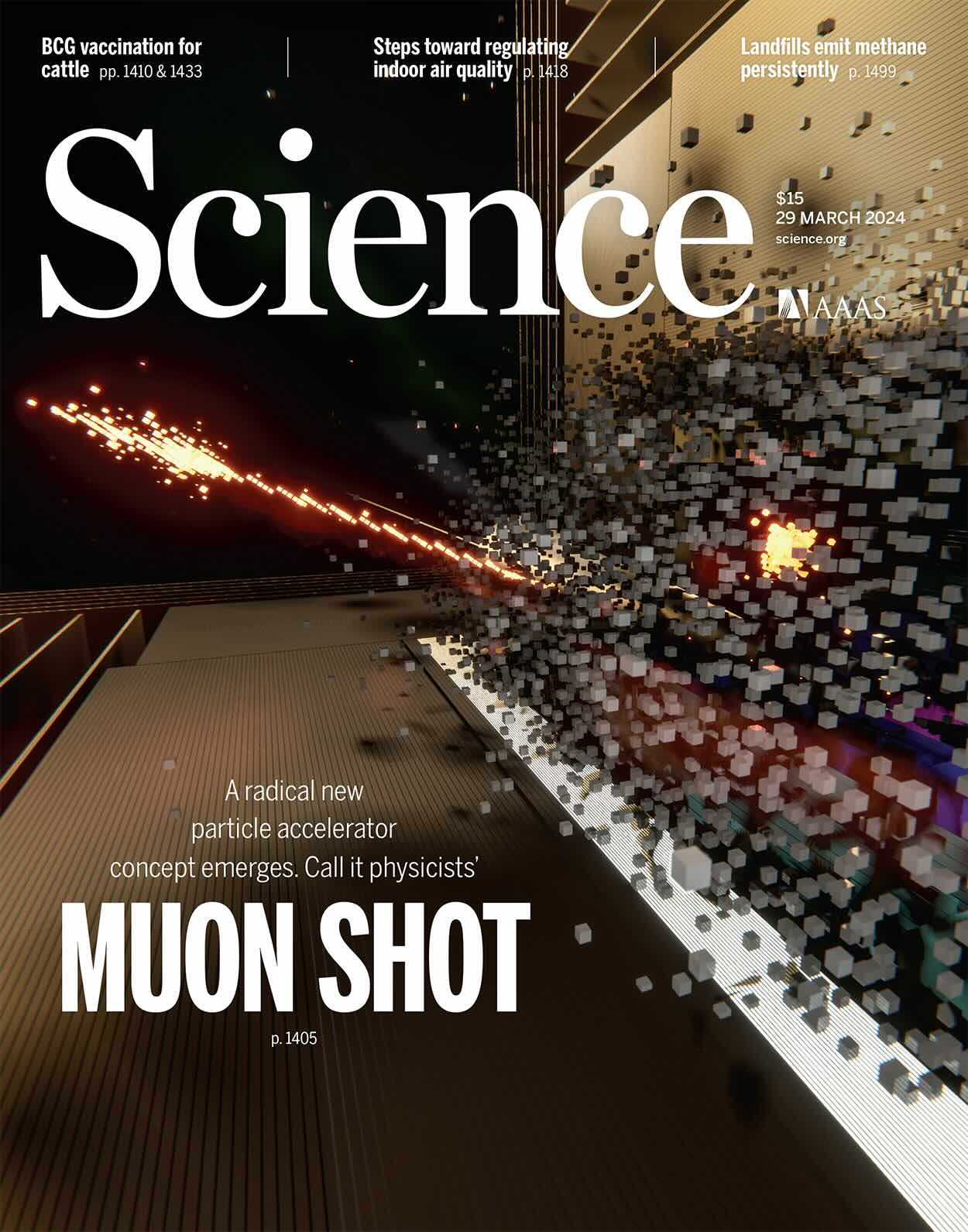The DiPetrillo Lab
Our goal is to understand the fundamental particles and forces that make up the universe. Our work is based in Geneva, Switzerland at the Large Hadron Collider (LHC), where we study the highest energy particle collisions ever produced in a laboratory. We collaborate with thousands of physicists from across the globe on operating and upgrading the ATLAS Experiment, a massive detector designed to reconstruct the byproducts of LHC collisions. We use the resulting data to characterize known particles with unprecedented precision and to search for evidence of new fundamental particles.
